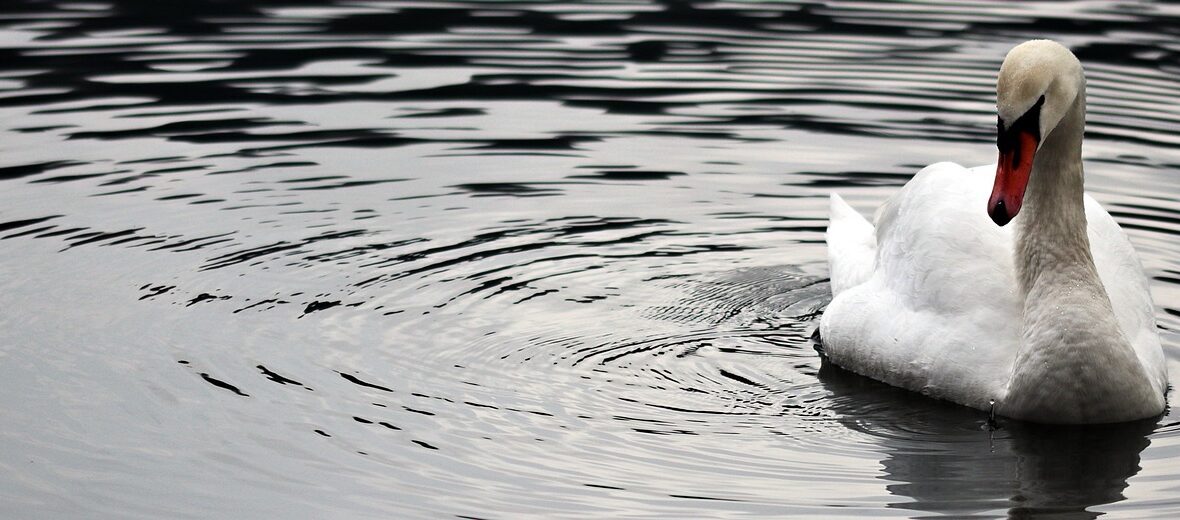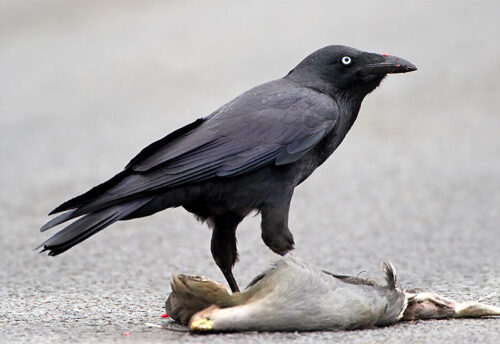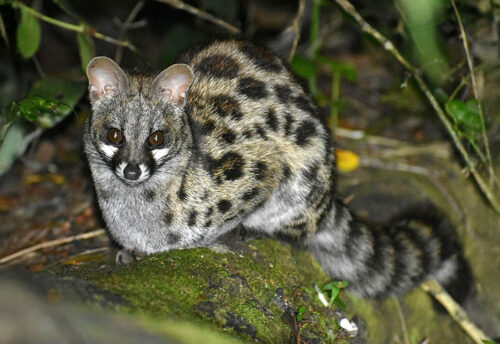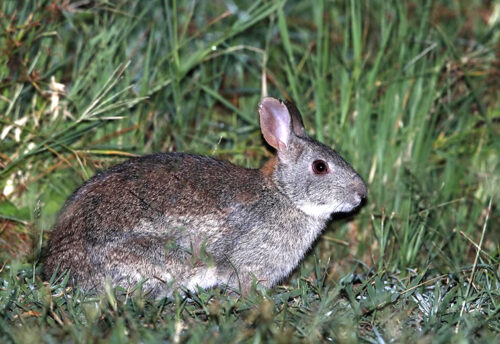
Being the largest member of the duck and goose family, it’s the swan. These beautiful creatures have been depicted in movies like: The Trumpet of the Swan, Ugly Duckling, and Black Swan (to name a few). The most commonly thought of swan is the mute swan. These birds are actually invasive birds brought over from Europe. They are aggressive towards other water fowl and tend to consume all or most of the other fowl’s food. So, they are as troublesome as they are pretty. Swans, in general are listed as Least Concern by the IUCN.
First the Stats…
Scientific name: Cygnus
Weight: Up to 26 lbs.
Length: Up to 5.6 feet
Wingspan: Up to 9 feet
Lifespan: Up to 30 years
Now on to the Facts!
1.) They eat water plants, insects, and small animals.
2.) Their only primary threats are water pollution, illegal hunting, and habitat destruction. Raccoons sometimes steal their eggs too.
3.) Another pretty swan is the black swan. This swan is black with a red beak. They live in Australia.
4.) A male is called a cob, a female is called a pen, and a baby is called a cygnet.
5.) Like geese, swans can be aggressive. This is especially the case during breeding season. They will chase away and attack perceived threats by flapping their wings, hissing, and swimming directly at their foes.
But wait, there’s more on the swan!
6.) Kiknophobia or cygnophobia is the fear of swans. During breeding season, this is a justifiable fear.
7.) At around 2 – 4 years old, swans find a mate which they will generally stay with for the rest of their lives; making them monogamous. They will sometimes leave their partner if there is unsuccessful breeding attempts or if their partner dies.
Did you know…?
Swans can fly up to 60 mph! They aren’t as impressive on land.
8.) A group of wild swans is called a herd. A captive group of swans is called a fleet.
9.) There are 6 known species of swans in the world, with none residing in Antarctica or Africa.
10.) Your typical swan has around 25,000 feathers covering its body.
11.) Females lay up to 8 eggs each season.
Now a Short Swan Video!
Also, check out the Critter Science YouTube channel. Videos added frequently!
Want to suggest a critter for me to write about? Let me know here.



